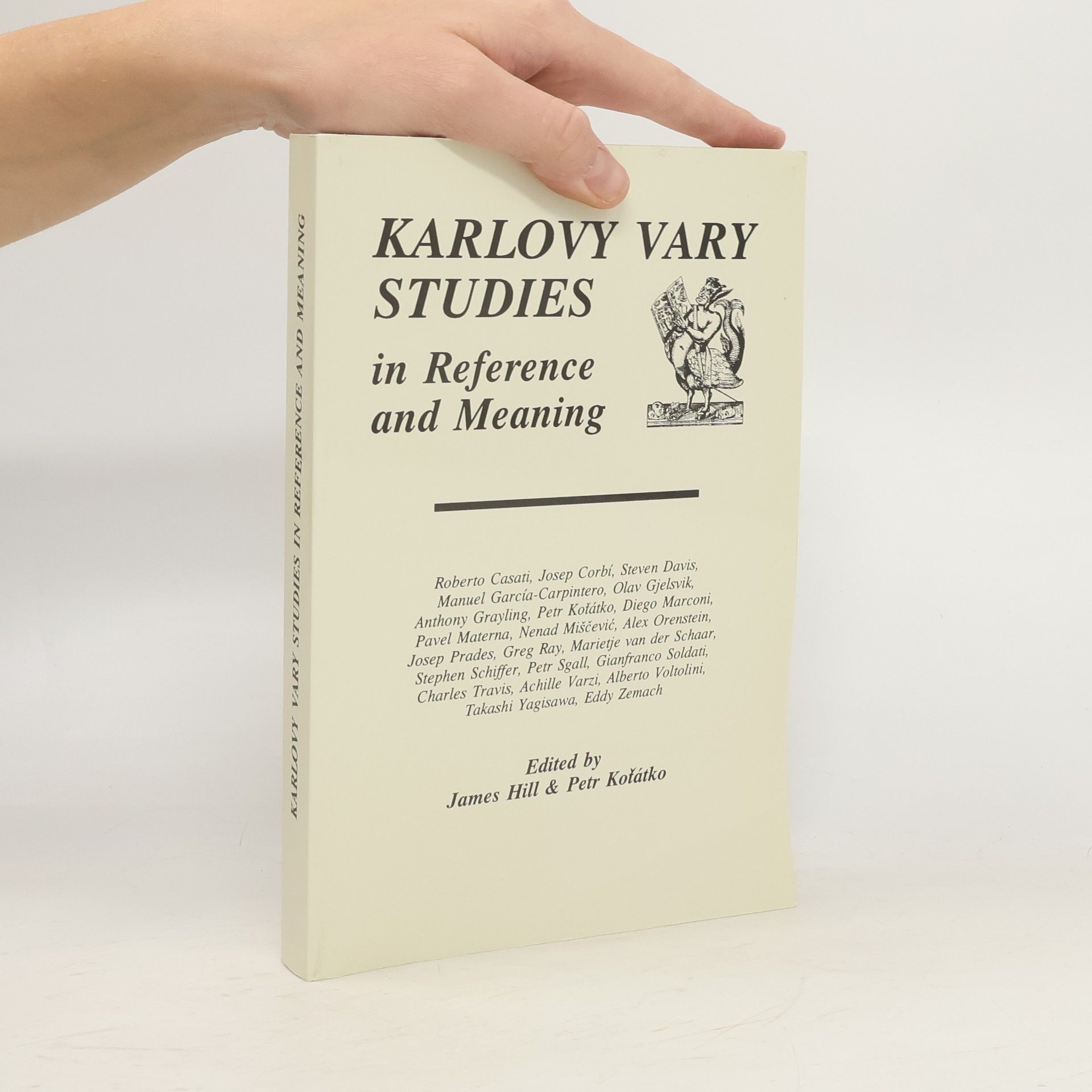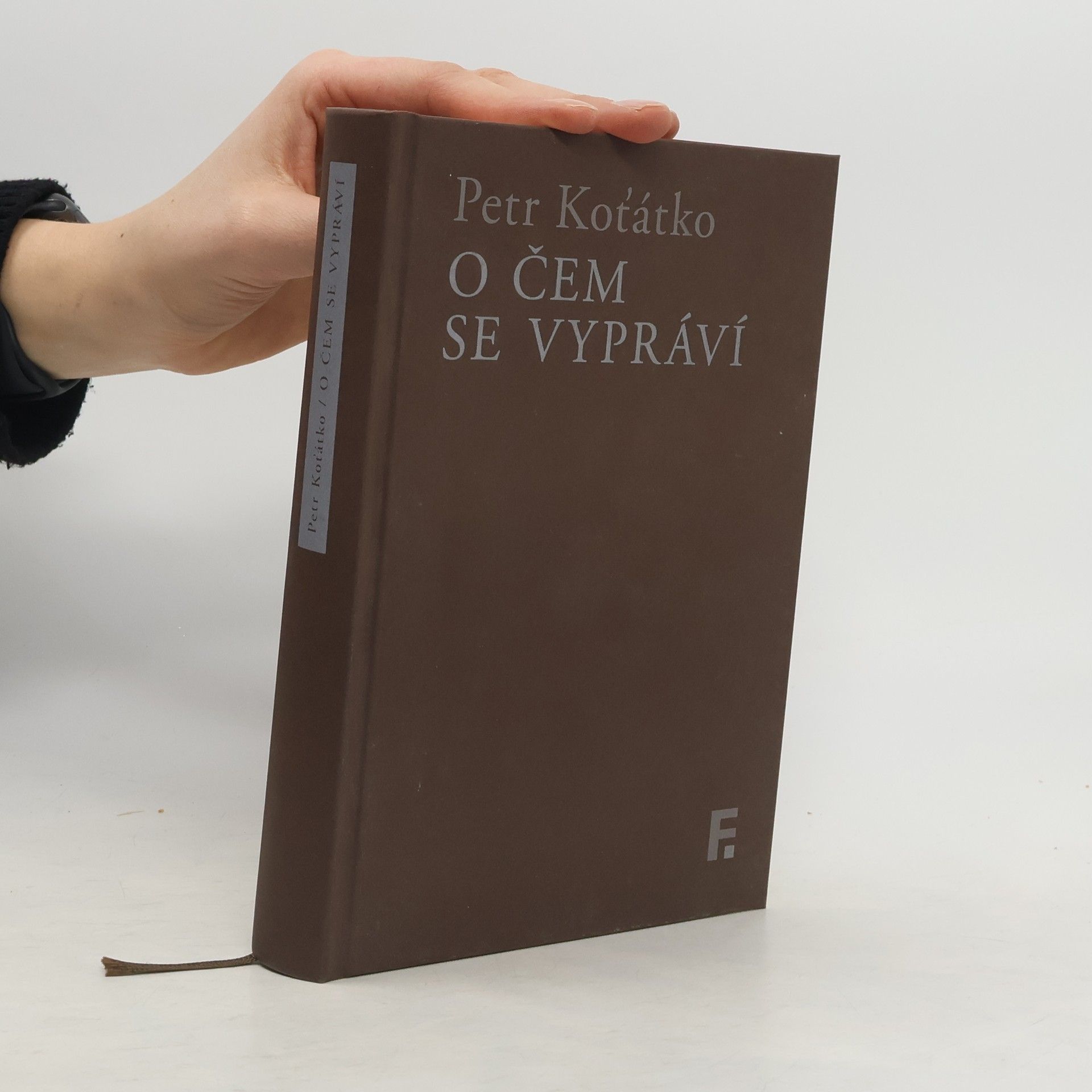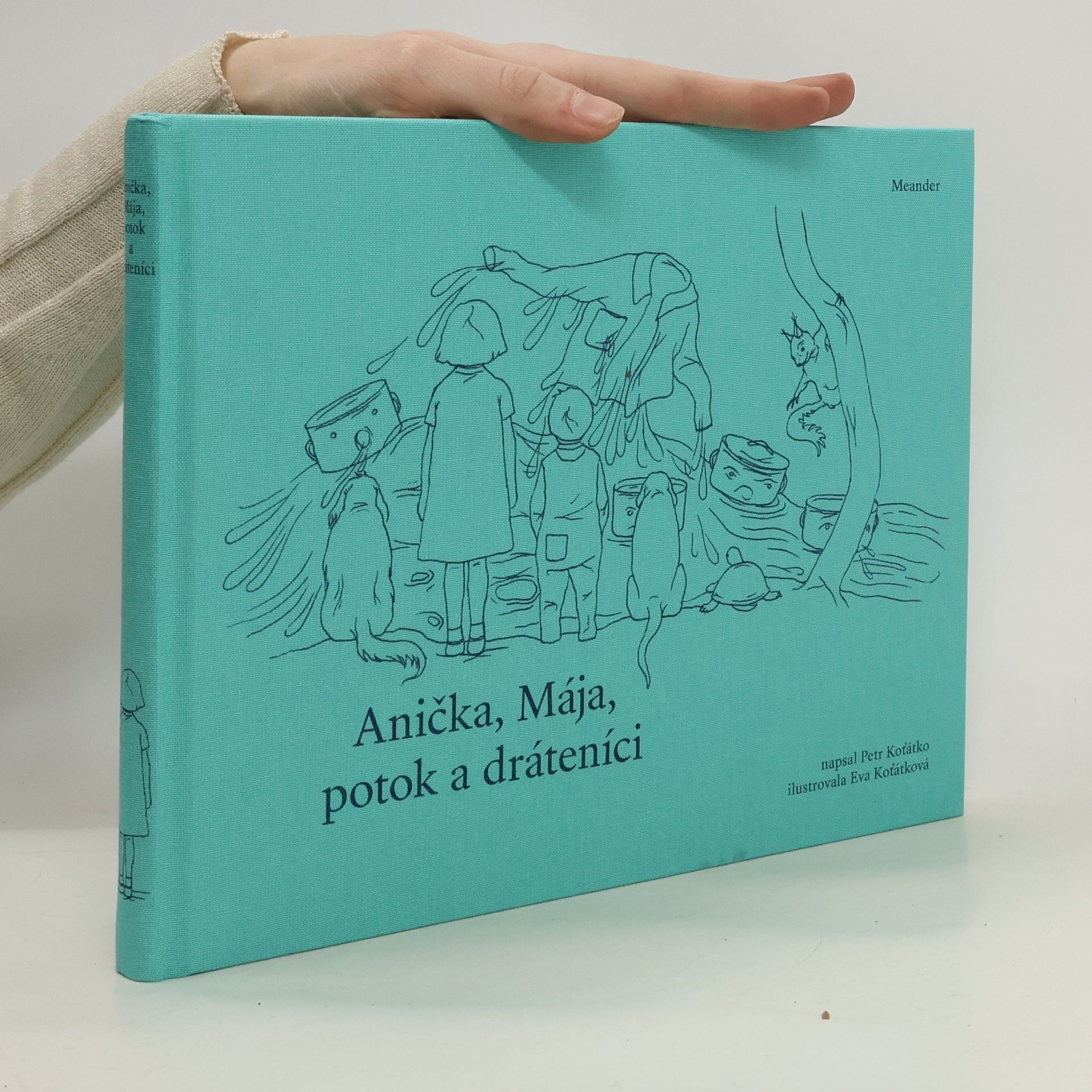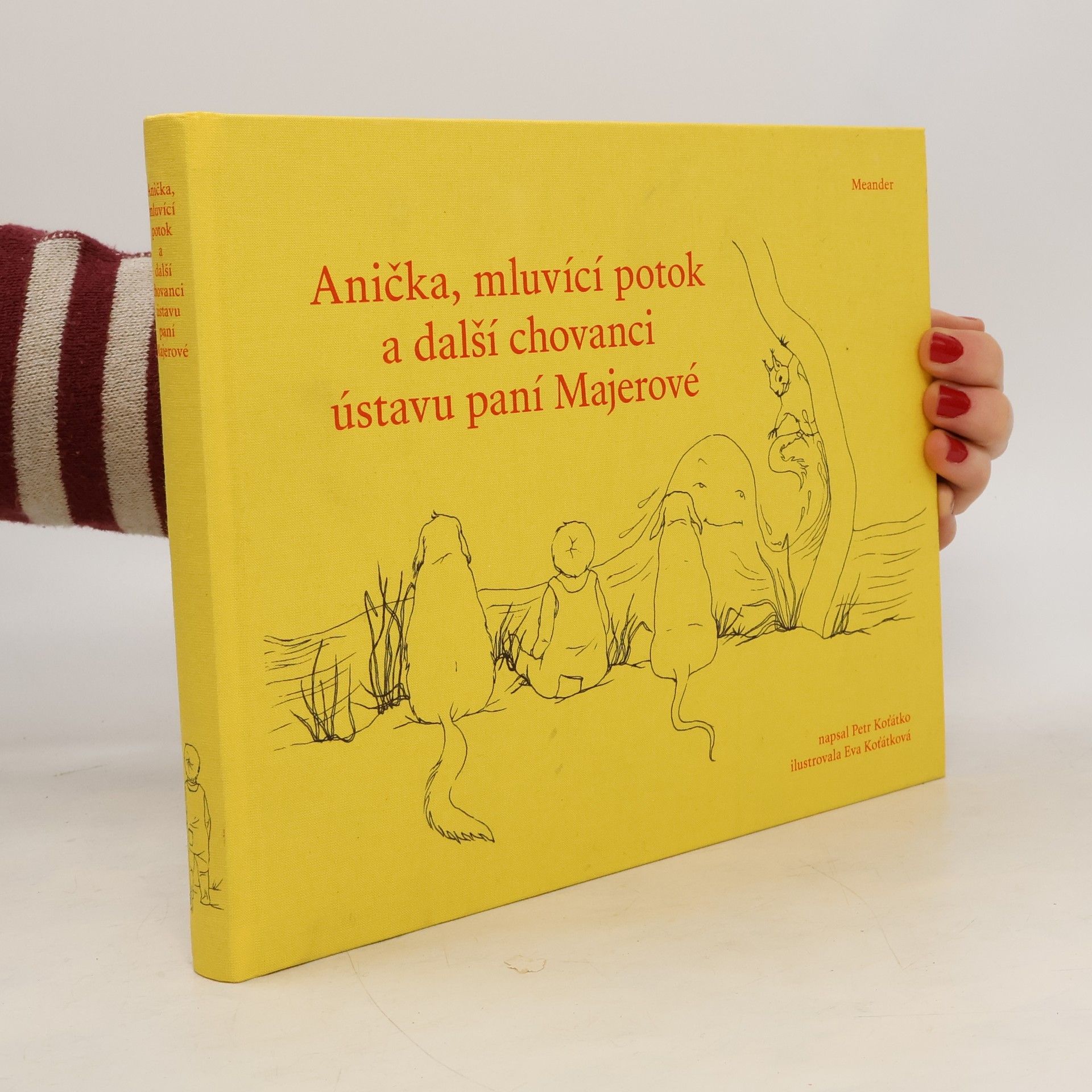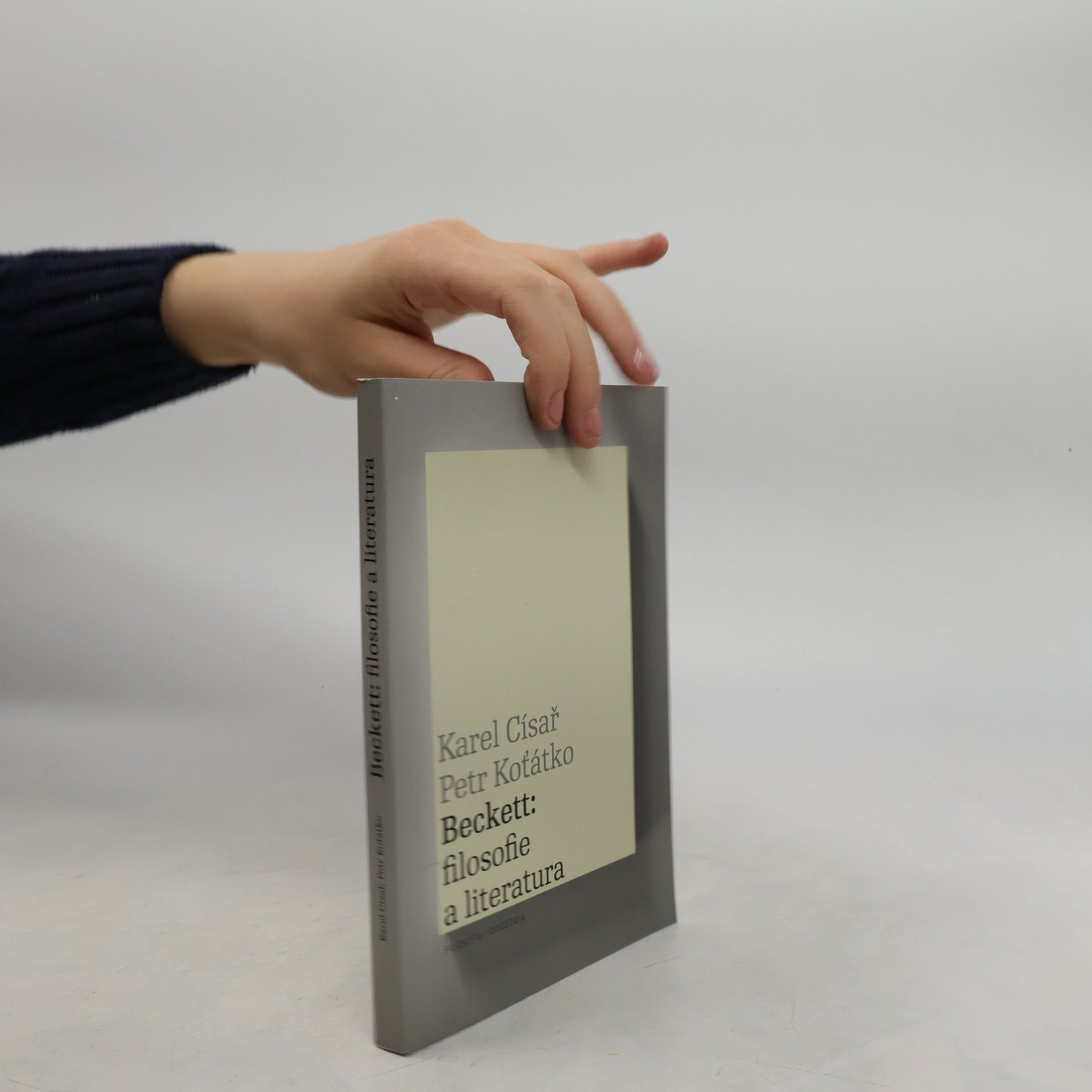O čem se vypráví
- 431 pages
- 16 hours of reading
Kniha je pokusem o ucelený výklad základních výkonů a předpokladů, na nichž stojí narativní fikce, o analýzu klíčových funkcí jazyka fikčních textů a vymezení významu různých typů výpovědí o fikčních postavách. Metafyzické otázky po povaze fikčních entit, podmínkách jejich identity, jejich úplnosti či neúplnosti nebo po vztahu mezi fikcí a reálným světem jsou „sneseny na zem“ tím, že se řeší na úrovni reálného fungování fikčních textů, fikčních promluv pronášených (v rámci „her v modu jako by“) v každodenní komunikaci a výpovědí, jejichž předmětem je fikce. Autor se snaží ukázat, že jeho pojetí základních předpokladů a složek fikčního postoje nachází uplatnění i v interpretaci vysoce nestandardních děl narativní fikce: prominentním příkladem je „radikální vyprávění“ ve vrcholných prozaických textech Samuela Becketta. Součástí výkladu jsou polemické konfrontace s předními badateli na poli filosofie jazyka a teorie fikce i četné odkazy k literárním textům, doplněné dvěma „případovými studiemi“.



